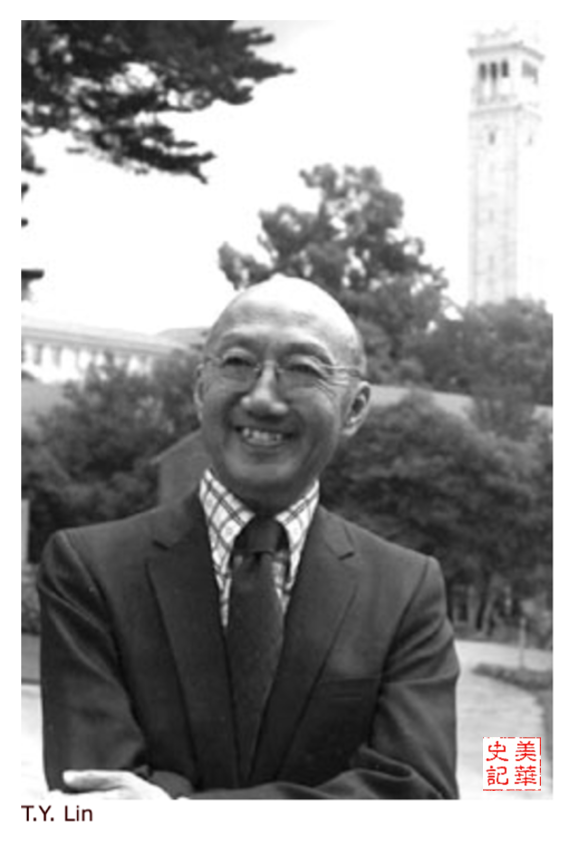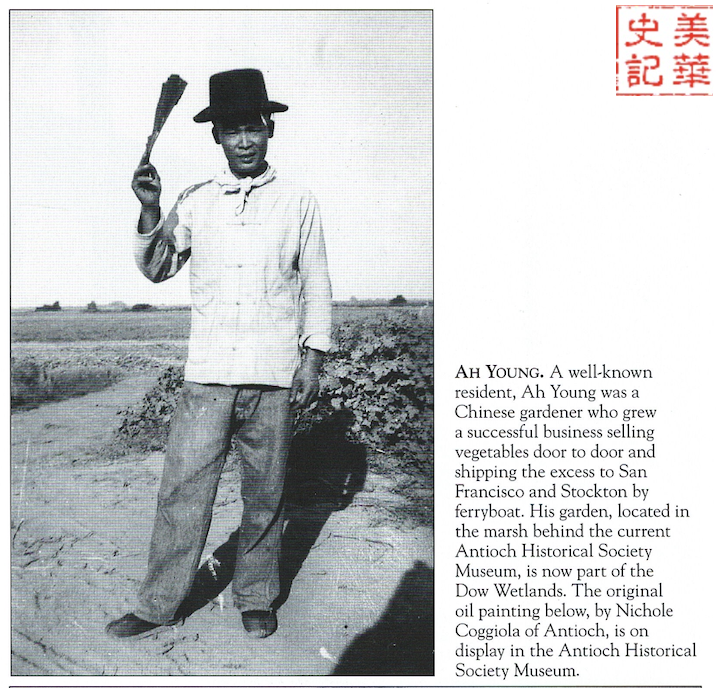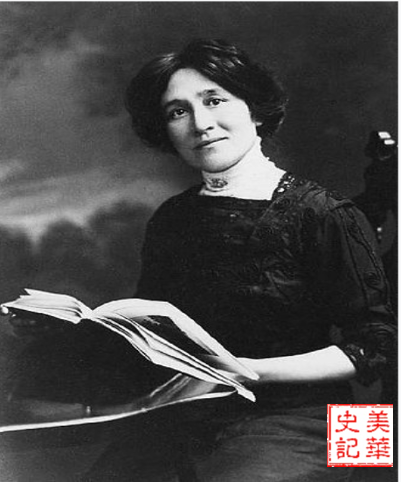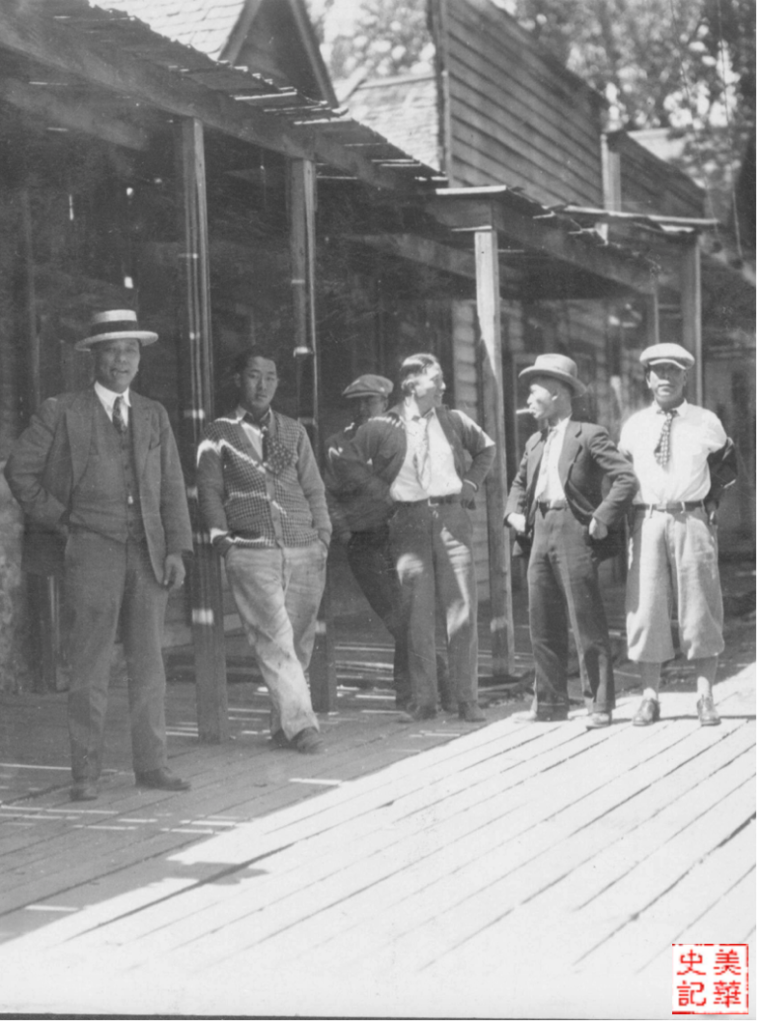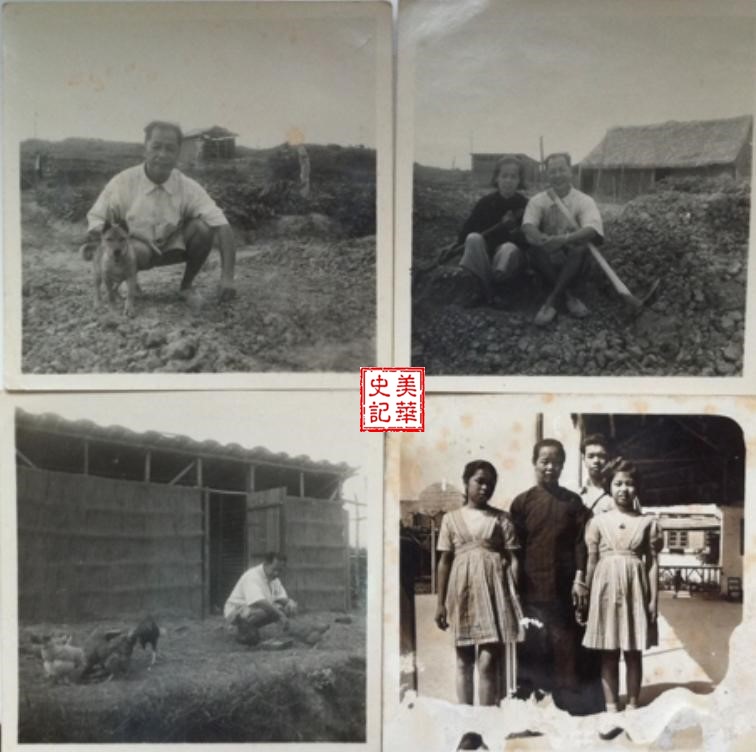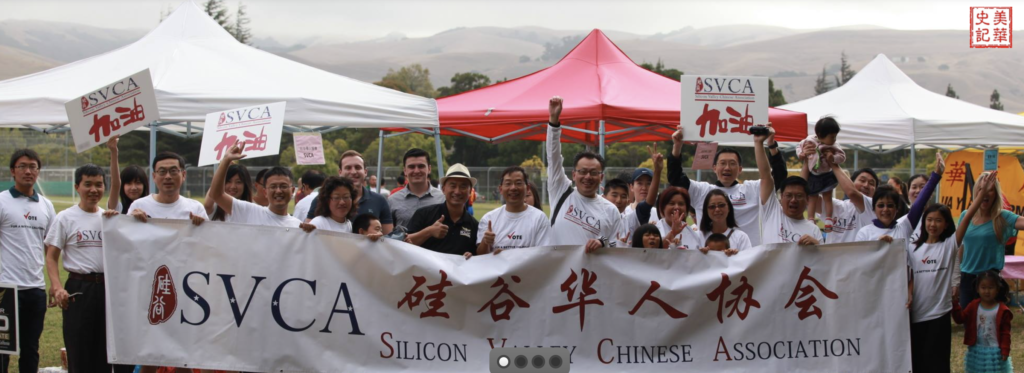Prof. Tung-Yen Lin, A Highly Influential and Innovative Structure Engineer
On March 12, 1986, during the National Medal of Science ceremony at the White House, President Reagan honored Tung-yen. Lin with the following citation: “For his work as an engineer, teacher, and author whose scientific analyses, technological innovation, and visionary designs have bridged the gap not only between science and art but also between technology and society
Prof. Tung-Yen Lin, A Highly Influential and Innovative Structure Engineer Read More »
